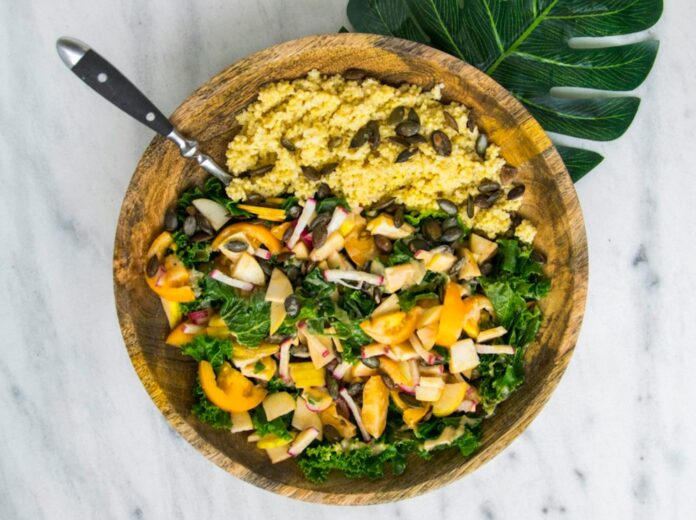A gluten-free diet is essential for individuals with celiac disease or gluten sensitivity. For others, it might be a personal choice for health or wellness reasons. Managing a gluten-free diet requires careful planning and awareness of ingredients and food preparation. Here’s how to effectively navigate a gluten-free lifestyle:
1. **Understand Gluten and Its Sources**
**a. What is Gluten?**
Gluten is a protein found in wheat, barley, and rye. It helps dough rise and gives baked goods their chewy texture. Understanding which foods contain gluten is the first step in managing a gluten-free diet.
**b. Common Sources of Gluten:**
– Wheat and its derivatives (e.g., wheat flour, semolina, and wheat bran)
– Barley (e.g., malt, beer, and some cereals)
– Rye (e.g., rye bread and some specialty grains)
2. **Read Labels Carefully**
**a. Check Ingredient Lists:**
– Look for gluten-containing ingredients such as wheat, barley, rye, and malt. Manufacturers are required to list these in their ingredient labels.
**b. Use Gluten-Free Certifications:**
– Choose products with gluten-free certification labels, which indicate that the product meets specific gluten-free standards.
3. **Choose Naturally Gluten-Free Foods**
**a. Fresh Fruits and Vegetables:**
– All fresh fruits and vegetables are naturally gluten-free and provide essential nutrients.
**b. Lean Proteins:**
– Meat, poultry, fish, and eggs are gluten-free. Ensure that they are not processed or breaded with gluten-containing ingredients.
**c. Whole Grains:**
– Opt for gluten-free grains like rice, quinoa, buckwheat, and millet. These are excellent alternatives to gluten-containing grains.
4. **Be Cautious with Processed Foods**
**a. Cross-Contamination Risks:**
– Processed foods and restaurant meals can be contaminated with gluten due to shared preparation surfaces or utensils. Inform your server or the food preparer of your dietary restrictions.
**b. Hidden Gluten:**
– Be aware of hidden sources of gluten in processed foods, such as sauces, dressings, and soups. Many products may use gluten as a thickening agent or flavor enhancer.
5. **Plan Balanced Meals**
**a. Include a Variety of Foods:**
– Ensure that your diet includes a variety of gluten-free foods to meet your nutritional needs. Incorporate vegetables, fruits, proteins, and gluten-free grains.
**b. Use Gluten-Free Substitutes:**
– Experiment with gluten-free flours and baking mixes made from rice flour, almond flour, or coconut flour to make gluten-free bread, pasta, and other baked goods.
6. **Educate Yourself and Others**
**a. Learn About Gluten-Free Cooking:**
– Familiarize yourself with gluten-free cooking techniques and recipes. Many cookbooks and online resources are available to help you prepare delicious and safe gluten-free meals.
**b. Communicate Your Needs:**
– When dining out or attending social gatherings, clearly communicate your dietary restrictions to avoid cross-contamination and ensure safe food options.
7. **Seek Professional Advice**
**a. Consult a Dietitian:**
– A registered dietitian can provide personalized advice and help you create a balanced, gluten-free meal plan. They can also assist in identifying any potential nutrient deficiencies.
**b. Regular Health Check-ups:**
– Regular check-ups with your healthcare provider can help monitor your health and ensure that your gluten-free diet is meeting your nutritional needs.
By understanding gluten sources, carefully reading labels, choosing naturally gluten-free foods, and being vigilant about cross-contamination, you can effectively manage a gluten-free diet. With proper planning and awareness, maintaining a gluten-free lifestyle can be both manageable and enjoyable.


